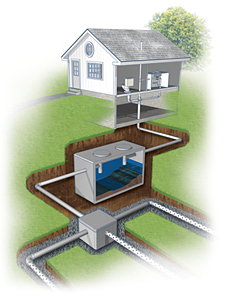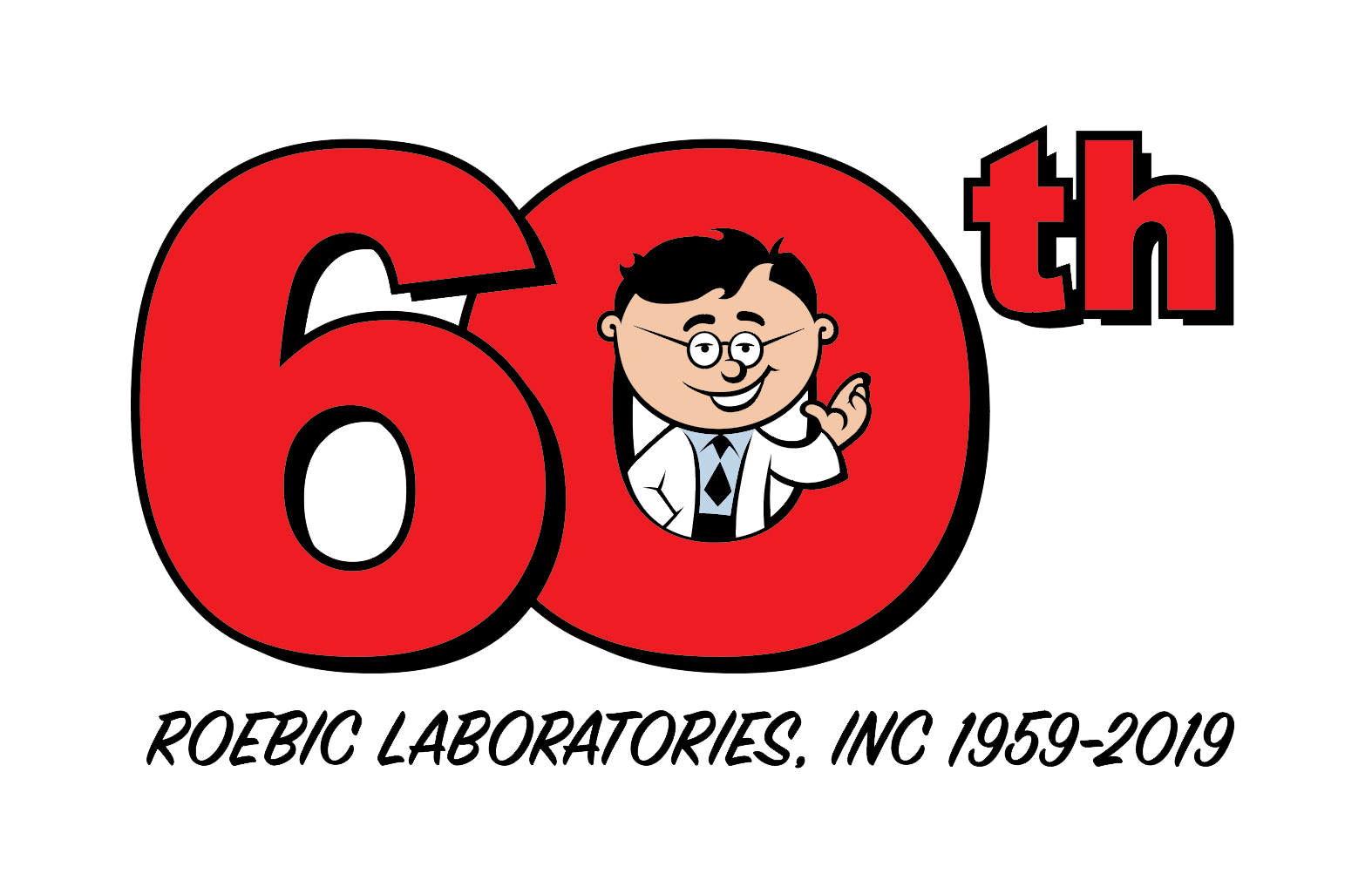Your Wastewater System

The Septic System
A septic system is a mini sewage treatment plant located on your property. This "on-site" facility is located underground. In most cases, a septic system consists of a septic tank, one or more distribution boxes, and a leachfield, all of which are connected together by piping. In the paragraphs to follow we will describe each of these components and discuss the functions that they perform.
The plumbing that leads from all of the household toilets and sinks, connects to a main waste line which exits the house through its foundation and then connects to the septic tank. The function of this pipe is to transport household waste to the septic tank.
The septic tank is a watertight vault in which the purification process begins. In the tank, density differences automatically separates the sewage into three layers. The topmost layer is called "scum". Scum is composed of materials that float on water such as grease, oil, and fats. The middle layer consists of liquid and suspended solids. The bottom layer is called "sludge". The sludge is more dense than water and is derived from much of the solid portion of sewage waste.
When a septic tank is properly maintained a balance occurs, resulting in the presence of beneficial bacteria thriving in the three above mentioned sewage layers. Through the normal metabolic activities of these resident bacteria, liquification of the scum and sludge layers occur. In other words, when operating properly bacteria cause organic materials from both the sludge and scum layers to be broken down into smaller sized substances. When this material has been broken down far enough it will be taken into the liquid layer as a "suspended solid". These solids are very small organic materials and continue to be degraded while in the liquid layer.
Normally, only the liquid layer is released from the septic tank. This occurs because the sludge layer is below the opening to the effluent (exit) pipe and the scum layer is blocked from the effluent pipe by a structure called a baffle. Sometimes a tank will not have a baffle, and in this case the scum layer is not allowed to enter the effluent pipe because the scum layer occurs at a height that is above the effluent pipe opening.
The purpose of the effluent pipe is to transfer liquid waste from the septic tank to the distribution box. The distribution box is a small watertight concrete box that has one or more transfer pipes exiting from it. The function of this box is to evenly distribute the liquid sewage that it receives into each of its transfer pipes. These transfer pipes connect with additional pipes that are perforated. It is these perforations that allow the liquid to leave the piping and enter the surrounding leachfield environment.
The leachfield is much more complex, then just a network of piping that has been buried in soil. When a leachfield is installed, trenches are dug, crushed stone is laid down, the proper piping is installed, a fabric silt screen is laid over the piping and stone, additional stone is added to cover the silt screen, and then the trenches are back filled with soil. This setup keeps the dirt from clogging the pipes and also facilitates the leaching of liquids into the surrounding soil.
Once in the soil, the liquid waste is further purified by other soil microorganisms and by the soil itself, which acts similar to a filter trapping bacteria and other suspended solids. Under proper operating conditions, further and final decomposition of the trapped "suspended solids" will occur in the soil.
If the septic system has done its job properly, the liquid will be free of any unhealthy bacteria as well as sewage contaminants by the time it enters the groundwater or water table. Unfortunately, many things can and do go wrong with neglected septic systems, which can pose health risks not only to the property owner but to their neighbors as well. Proper maintenance really is simple, so avoid the problems and heartache that inevitably occur with neglect. Put Roebic's experience, skill, and septic system knowledge to work for you.
« back


